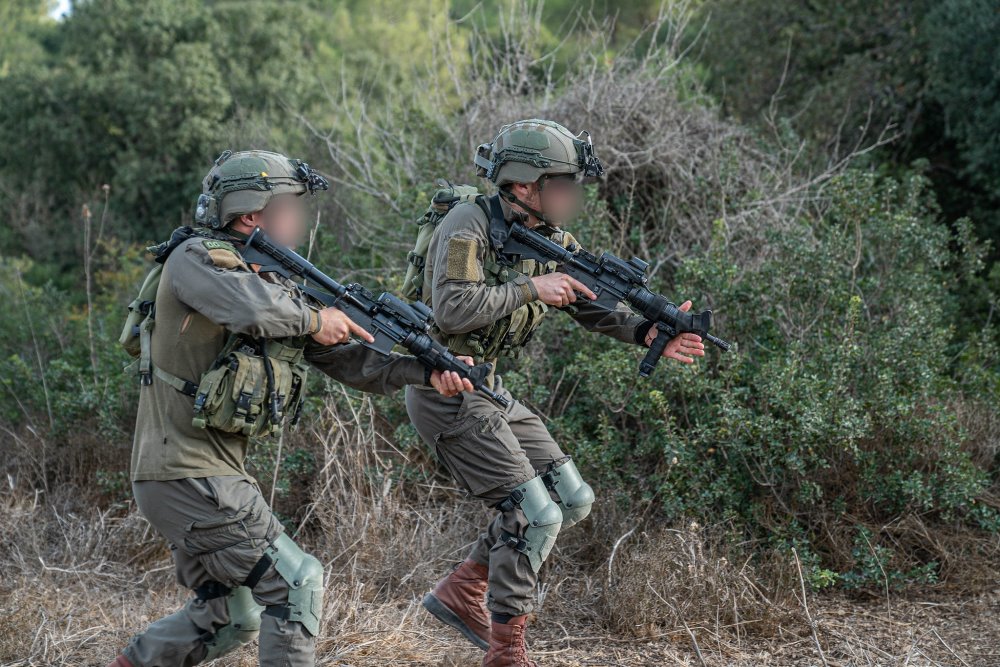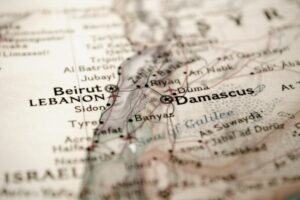
Largely under the radar, the IDF is close to completing a highly successful ground operation against Hezbollah in southern Lebanon. With limited media coverage and muted global interest in Israel’s achievements, the full scope and success of the IDF’s assault has often been downplayed or overlooked.
In a campaign lasting six weeks so far, the IDF deployed thousands of troops from up to four divisions. While falling short of an all-out ground invasion, this scale of military force is consistent with a substantial operation in multiple locations rather than a smaller raid.
As more information emerges, the magnitude of Israel’s achievements is becoming clear.
The IDF completely destroyed some 30 Hezbollah-controlled villages along the border that were previously transformed into major terror bases. In each of these locations, Israeli forces uncovered many hidden terror positions, large underground compounds, and vast stockpiles of weaponry.
This network of fortified outposts, built over long years with billions of dollars in investment, was intended as a staging ground for a massive Hezbollah invasion into Israel.
IDF forces have now neutralized this entire array, preemptively undermining what was intended to be a rapid assault by thousands of heavily armed operatives.
According to sources quoted in the Wall Street Journal, the IDF seized over 66,000 Hezbollah weapons, including roughly 6,000 explosive devices and thousands of anti-tank missiles.
The sheer quantity of seized arms has prompted the IDF to consider establishing new units equipped with Hezbollah’s own weaponry to bolster its operational capabilities. [here’s more info on Hezbollah weapons seized by Israeli forces]
Better results than 2006 war
Estimates suggest that between 1,000 and 2,000 Hezbollah fighters have been killed since the IDF ground operation began, adding to the hundreds of casualties incurred in prior airstrikes and Israel’s pager attack.
Tracking the exact number of Hezbollah casualties has proven challenging, as the group is hiding its growing death toll since the IDF advanced into Lebanon.
In addition to physical and strategic gains, the psychological impact on Hezbollah is also notable. According to the WSJ report, at least 14 villages along the border were abandoned by Hezbollah fighters as Israeli forces moved in to dismantle terror compounds and secure weapon caches with little resistance.
This retreat highlights Israel’s momentum in the operation and underscores the weakening morale and capabilities among Hezbollah operatives. At this stage, Hezbollah appears to be in survival mode, with many of its remaining forces going into hiding deep in Lebanon instead of putting up a serious fight.
While Hezbollah was able to exact some Israeli casualties in ambushes and other attacks, overall the group completely failed to stop the IDF from advancing. Just like in Gaza, Israeli forces were able to reach and destroy every site they moved into, shattering any resistance.
The IDF’s casualty figures further illustrate the operation’s effectiveness. Despite the large-scale maneuver against a well-armed adversary, fewer than 50 Israeli soldiers have been killed. Compare this to the 2006 Lebanon war, when Israel lost around 120 soldiers in a campaign yielding far less decisive results.
Israel’s successful ground operation dealt a severe blow to Hezbollah’s plans to invade Israel. This strategic threat has been largely eliminated. Moreover, the operation further demonstrated the IDF’s enhanced combat efficiency and intelligence capabilities, underscoring Hezbollah’s status as a weakened and inferior fighting force.


